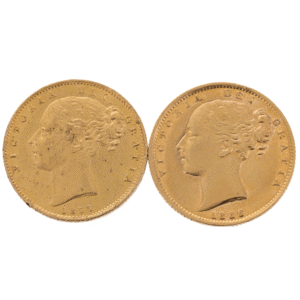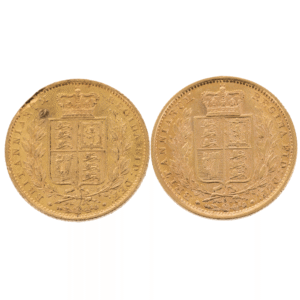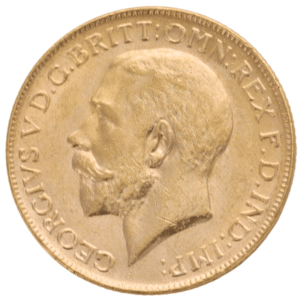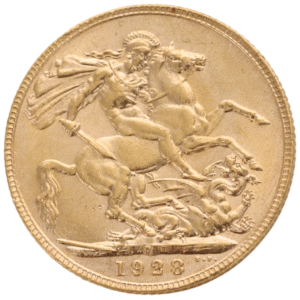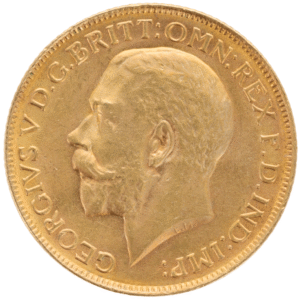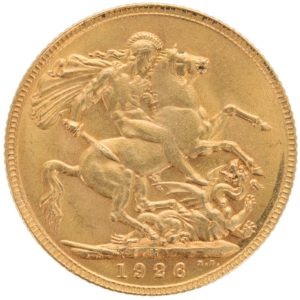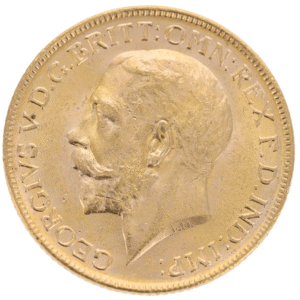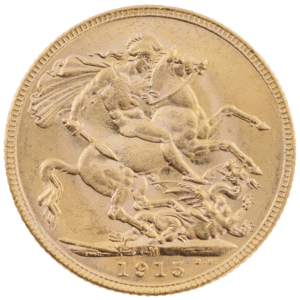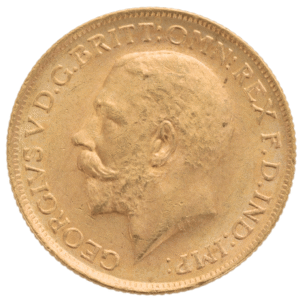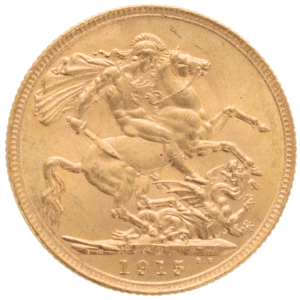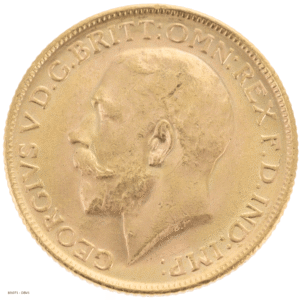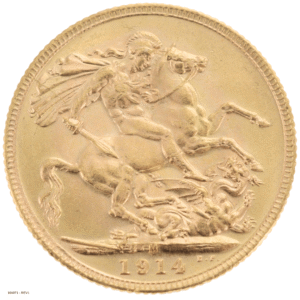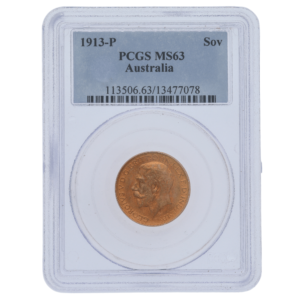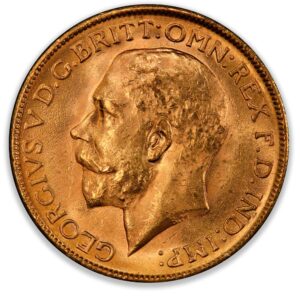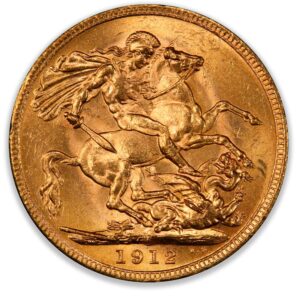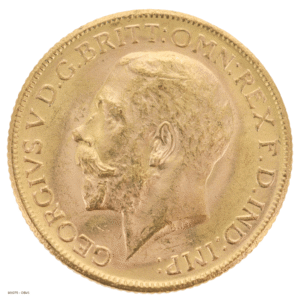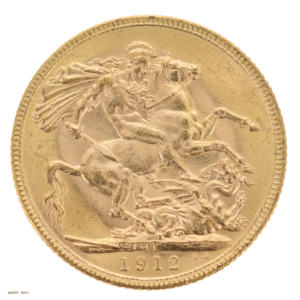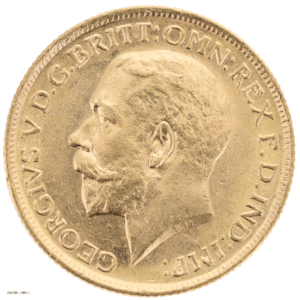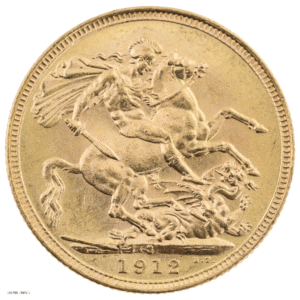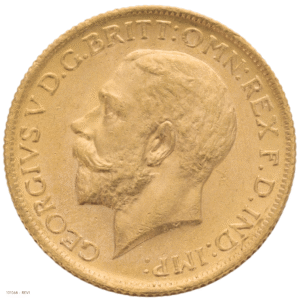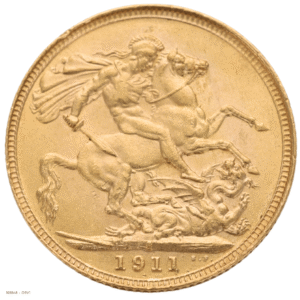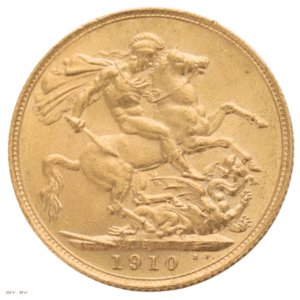The Australian gold sovereign holds a place of particular distinction in numismatic history as one of the most remarkable examples of how the Royal Mint enforced currency standards across the British Empire. These gold sovereign coins represent far more than mere currency – they embody Australia’s gold rush era, the establishment of British minting practices in the colonies, and include a unique design exception that distinguishes them from all other sovereign British coins in history.
When gold was discovered near Bathurst, New South Wales, in 1851, it triggered a series of events that would transform Australia. This discovery, followed quickly by larger finds in Ballarat and Bendigo in Victoria, sparked one of history’s greatest gold rushes. The population of Australia doubled between 1851 and 1855, with hundreds of thousands of prospectors from around the world flocking to the goldfields.
This sudden influx of unrefined gold created economic challenges. With a severe lack of cash but an abundance of gold dust being used as an unofficial currency, concerns about purity and weight became widespread. The solution would establish a legacy that lasted for decades: bringing the Royal Mint directly to the gold source.
Before examining the unique Australian contribution to sovereign history, it’s important to understand the various royal portraits that appeared on gold sovereigns circulating as currency during this pivotal era. These effigies created a visual timeline of the British monarchy as gold coins circulated throughout the Empire.
Gold sovereigns featured portraits of British monarchs from George III to George V, with multiple designs circulating simultaneously in Australia:
- George III (1817-1820): Laureate head, not circulated in Australia
- George IV (1821-1830): Laureate and Bare Head designs
- William IV (1831-1837): Bare head design
- Victoria (1838-1901): Young Head, Jubilee Head, and Old Head/Veiled Head designs
- Edward VII (1902-1910): Bare head design
- George V (1911-1932): Bare head design, last circulating gold sovereign
These varied royal effigies on gold sovereigns created a diverse currency landscape in Australia, with coins bearing multiple monarchs’ portraits circulating simultaneously throughout the colonial and early federation period.
FAQs
A Sovereign is a gold coin with a rich history that has been minted by various countries. It’s often associated with the United Kingdom and the British Empire. It was equivalent to one pound sterling and was used as currency until the early 20th century.
The name “Sovereign” reflects the authority and majesty of the ruler depicted on the coin. It is a symbol of a sovereign’s reign.
Several countries have minted Sovereigns, but the most famous ones include the United Kingdom, Australia, Canada, South Africa, and India.
Traditional Sovereigns have 0.2354 troy ounces (7.32 grams) of 22-carat gold (91.67% pure gold).
No, not all Sovereign coins are valuable for their numismatic value. Some are valued primarily for their gold content, while others, such as rare or historical issues, carry significant numismatic value. Sovereigns based on their intrinsic value are listed here and are sold by random allocation.
The Sydney Mint opened on May 14, 1855, and it produced the first Australian sovereigns. These sovereigns had a unique design created by James Wyon, an English engraver.
The 1920 Sydney Mint sovereign is exceptionally rare and valuable because it was ordered as gifts for a prominent New South Wales politician, Jacob Garrard’s golden wedding anniversary. Only four coins are known to exist, and they have sold for record prices. Jaggards had the privilege of selling a few of these sovereigns, most notably, in 2012 we acquired the 1920 mint sovereign at auction for a client, this coin sold at auction for $1 million to a very happy customer.
